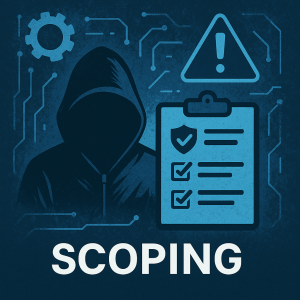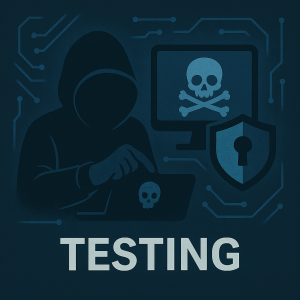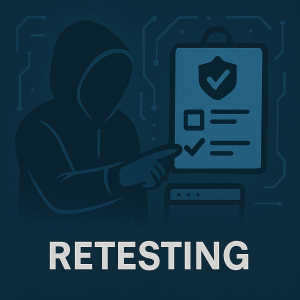Client Journey: Onboarding and Beyond
Client Journey: Onboarding and Beyond
Welcome to Strafe Cybersecurity. This guide outlines the journey you’ll take with us, from first contact to improving your security posture. Our process is tailored, transparent, and designed to deliver actionable insights with clarity and confidence.
🔍Discovery
Objective: Understand your organization, goals, and security concerns.
Our first step is a focused discussion to understand who you are and what you’re trying to achieve. We’ll ask about your infrastructure, current security practices, and any specific threats or compliance concerns. The goal is to form a high-level understanding of your needs.
Key Activities:
- – Introductory video call
- – Business and technical environment overview
- – Provide overview of Strafe pentesting or red teaming methodology
- – Identify key stakeholders
- – Discuss priorities and timelines

📐Scoping
Objective: Define the engagement clearly and precisely.
Once we understand your needs, we move into defining the project scope. This includes what systems will be tested, the type of testing (black-box, gray-box, white-box), compliance objectives, and any limitations or requirements you may have.
Key Activities:
- – Target list development
- – Type of assessment selection
- – Legal and ethical considerations
- – Budget and timeline alignment
- – Finalize Statement of Work (SOW)

🚀Kickoff
Objective: Prepare both teams for the engagement.
With scope defined, we host a kickoff meeting to align timelines, expectations, and communication methods. We introduce the team who will be working with you and ensure you’re ready for the upcoming engagement.
Key Activities:
- – Introduce project and technical leads
- – Confirm access or credentials (if applicable)
- – Review communication and escalation plan
- – Set testing windows

💻Testing
Objective: Execute the agreed-upon security assessment.
Our expert team performs the testing activities, staying in close contact with your team to provide updates or request additional input. Testing is discreet, thorough, and performed with minimal disruption.
Key Activities:
- – External/internal penetration testing
- – Web application or API testing
- – Social engineering (if scoped)
- – Continuous communication

📑Report Review
Objective: Deliver clear, actionable results.
Once testing is complete, we provide a detailed report that outlines our findings, including severity ratings, evidence, and remediation recommendations. We schedule a collaborative review session to walk you through the findings.
Key Activities:
- – Delivery of formal report
- – Explanation of key findings
- – Walkthrough of severity and impact
- – Q&A session

🔁Retesting
Objective: Validate that issues have been properly addressed.
After your team has applied remediations, we perform a focused retesting engagement. The purpose of this phase is to verify whether the previously identified vulnerabilities have been effectively resolved.
Key Activities:
- – Retest previously identified vulnerabilities
- – Update the status of findings
- – Document remaining or unresolved issues
- – Deliver an updated findings summary

🧭Security Posture Discussion
Objective: Equip you for long-term improvement.
Beyond the technical report, we provide strategic guidance on how to strengthen your security posture over time. This conversation is tailored to your maturity level, business goals, and risk tolerance.
Key Activities:
- – Identify recurring patterns and root causes
- – Suggest policy, architectural, and best-practice improvements
- – Recommend follow-up assessments or services
- – Provide guidance for continuous improvement

